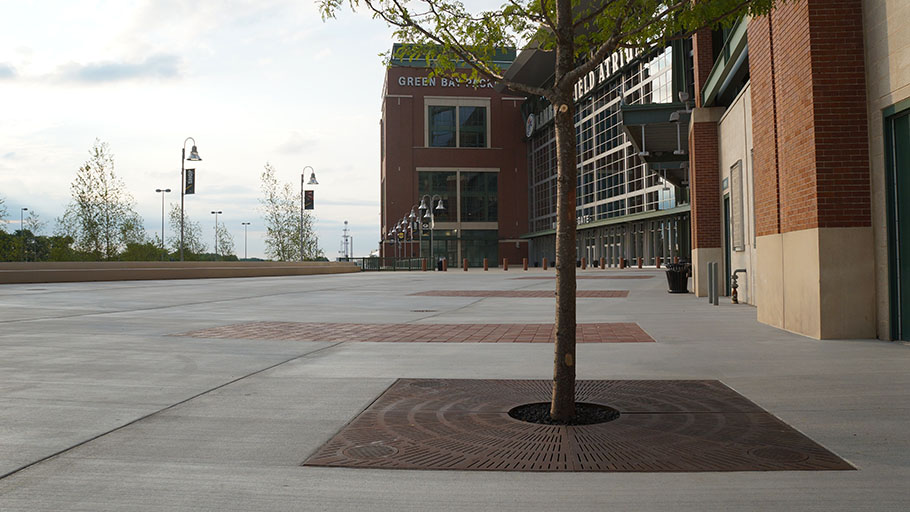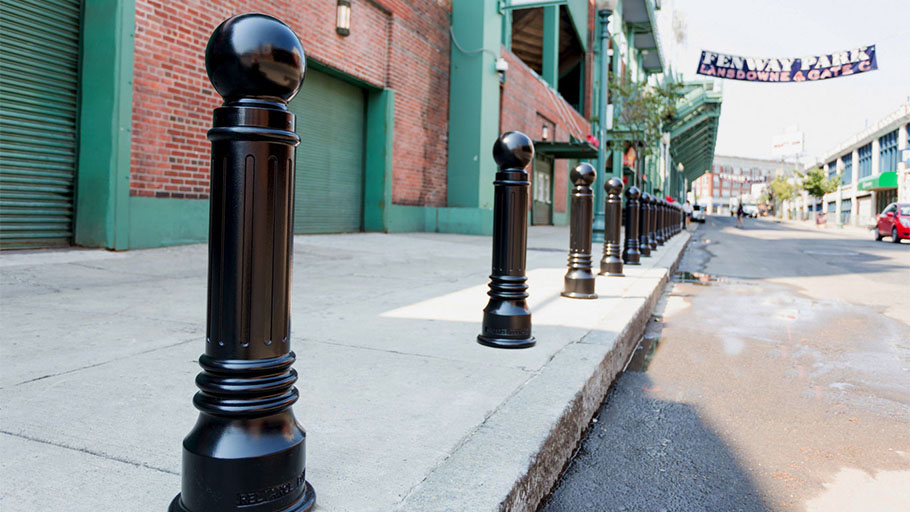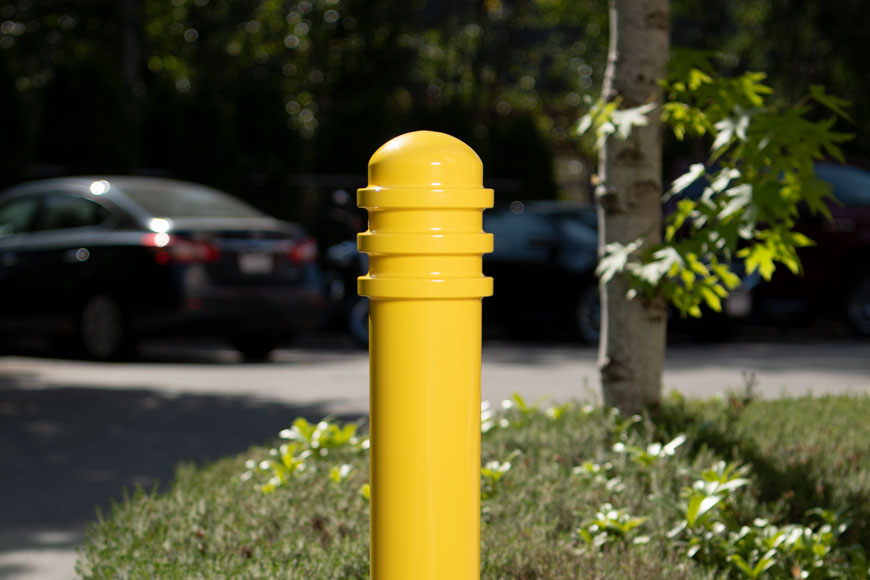Preparedness and innovation in water engineering
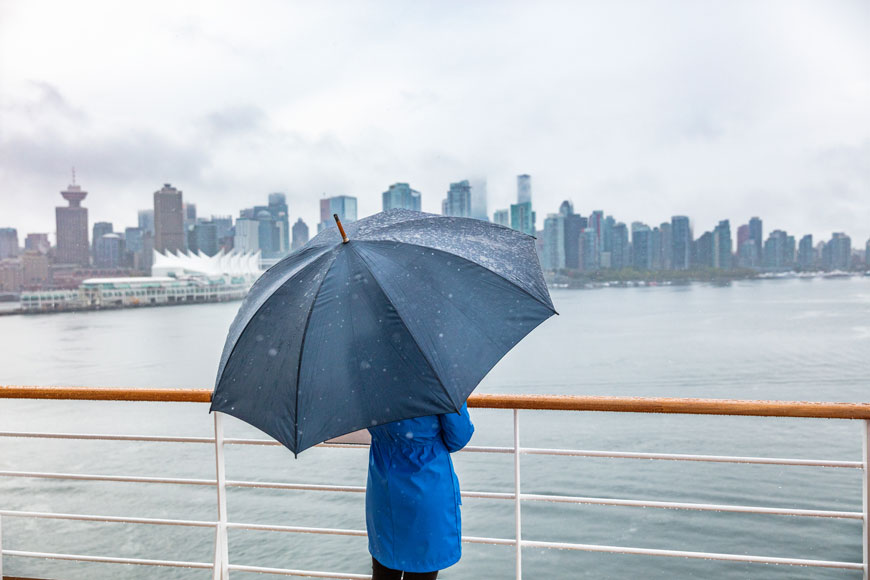
Our head office is in the Pacific Northwest: 60 inches of rain falls every year outside our office windows. Perhaps it’s our wet umbrellas and muddy shoes that have us considering water management in the future growth of cities.
Or maybe it’s hearing odd news stories from our neighbor city, Burnaby—where a flood-caused sinkhole tried to swallow a bus, and a misplaced boot ended up causing six-figures worth of water damage.
At first glance, the incidents are amusing. Yet they illustrate the difficulty of regional planning for water management. Urban settings must manage runoff, treatment, and clean water delivery in a sustainable, energy-efficient way. Then, in the parlance of project managers, they must manage the risk of both known-unknowns and unknown-unknowns.
Floodwaters opening sinkholes fall into the first category. They’re coming, but what will they affect? James Lota, assistant engineering director with Burnaby, acknowledges the scramble that flash floods cause. “Every time we expect heavy rain, our crews go out to do flood watches. […] It’s the flash flooding events that cause the most havoc to infrastructure.” A lost boot causing almost a million dollars in overflow damage is in the second category. Here is an unknown-unknown, a little bit of chaos that will require management after the fact.
These days, water management has taken a heightened priority. Water systems are being challenged in many directions. Climate change is causing more flooding and drought events. Endangered species and fish stocks require habitat protection. Energy efficiency is necessary to lower the substantial carbon footprint of water treatment. Increasing urbanization creates water demand in dense, impermeable hardscape. In response, civil engineers are innovating all over North America. Standard practices are creatively changing. To prevent and mitigate emergencies, modern engineers are re-creating the environment’s own solutions.
Sinkholes and random boots notwithstanding, Burnaby has a comprehensive stormwater management plan. It builds capacity to handle rainfall increases due to climate change on a “business as usual” model. If nothing changes but the climate, will the city be able to manage it? What tolerances must be built into new construction? What upgrades are needed?
Innovation is key to sustainability. To that end, The Canadian Engineering Association’s Future City 2020 contest is daring the next generation to dream. This contest asks elementary students to design a clean water system, document it, and build a model from recycled materials.
They might be inspired by innovations happening across North America now.
Floodwater: emergency preparation
According to the National Conference of State Legislators, floods are “the deadliest, costliest, and most common form of natural disaster” in the United States. The NCSL acknowledges that predicting floods is hard to do and offers suggestions to build resiliency. Broadly, it outlines three major ways to minimize or mitigate flood hazard. These are:
- Floodwater diversion and storage
- Floodplain and stream restoration
- Green infrastructure and low impact development
These strategies seek to prevent water from pooling and flooding in human spaces. Some strategies rely on traditional engineering to contain and channel water.
Floodwater diversion and storage often uses venerable engineering techniques. Levees, floodgates, dykes, and drainage pipes are well known ways to manage floodwaters. Aquifer storage and recovery systems are a relatively new addition to these tools. Developed over the last century, they create injection and removal wells to store and access water from the water table.
In comparison, floodplain and stream restoration uses engineering to create or support the ecological systems that naturally arise in commonly flooding areas. Floodplains and streams are the major categories, but rehabilitating or recreating sloughs and marshes fit into this category.
Green infrastructure and low impact development are meant to make cities more permeable to water. Concrete and asphalt create pooling and runoff. In hydrology terms, green infrastructure is designed to encourage higher interception and infiltration rates.
- Water interception occurs when soils and plants absorb or support water that returns to the air through evaporation or transpiration.
- Water infiltration describes how fast water percolates through ground surface. When the rate of water coming into a system is faster than the infiltration rate, it’ll pool, flood, and run-off. Infiltration is affected by soil type, compaction, and the presence of organic matter. How big and mature plants are also affects infiltration. Roots of plants create channels through the soil.
Some exceptional programs across the country show how these approaches can not only create emergency reliance, but overall increase quality of life.

The City of Milwaukee
The City of Milwaukee developed a wide-ranging program in its “Water-centric City” initiative. It set ambitious targets for itself. By planning to capture 740 million gallons of water every time it rains by 2035, it has become a leader in global sustainable water development. Milwaukee’s successes come from a multi-pronged approach to flood management.
Milwaukee’s approach creates porosity in the city’s surface. Even in the city, stormwater flows through the soil to recharge underground aquifers. The “Greenseams” program creates open spaces in densely-packed areas for flood mitigation, transforming vacant lots, county grounds, and other open spaces into flood management zones. One interesting and innovative idea is called the “BaseTern” project. When an abandoned or foreclosed home is demolished, the basement is left intact to contain run-off. Sustainability Office director Erick Shambarger suggests this is a “cost-effective way to manage a whole lot of stormwater.”
Bioswales, native plants, and flood-mitigating trees are also of importance. They can be strategically placed to help absorb and process water.
To create distributed infiltration, the city is substituting impermeable hardscape and badly compacted soils with permeable pavers and engineered soils. Soils and plants filter pollutants as they refresh the water table.
Milwaukee has also offered grants to businesses to install green roofs. Green roof technology is also prioritized in public building renovation or construction plans. An $800,000 grant to Rockwell Automation helped complete a green roof that captures 1.3 million gallons of water annually. Green roofs help with the building’s climate control and roof longevity as well as capturing water. All water captured is prevented from entering and overwhelming the sewer system.
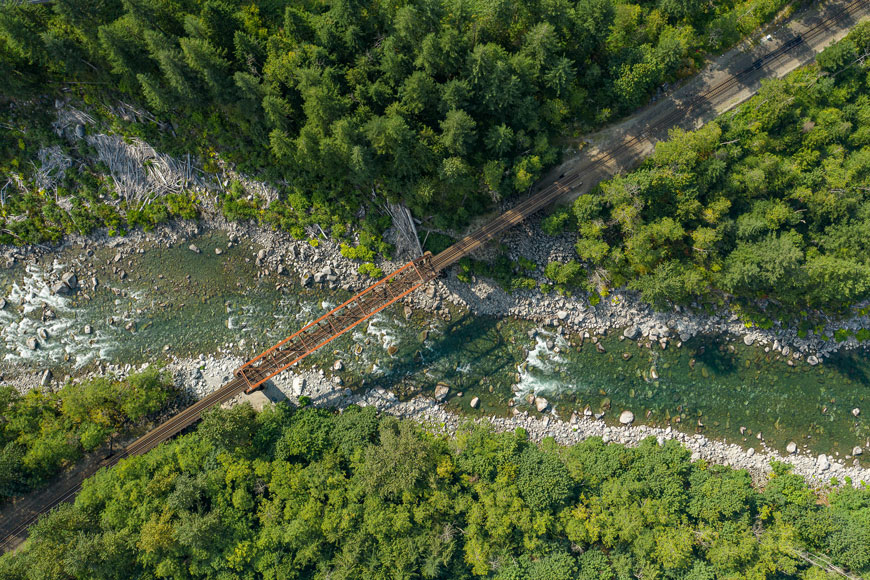
Floodplains by Design—Washington State
An innovative public-private partnership, Floodplains by Design, works on a very large scale in Washington State to help restore or create floodplains. Puyallup, Washington is one of their projects that show the power of this approach. Historically, settlers re-engineered many local rivers, in order to create farming plots and easy irrigation. Rivers were straightened, dredged, and surrounded with levees and dykes. Such work created important benefits for the community; it also increased the risk of floods. With more people using the land, the capacity to manage water in the area shrank. Salmon and other wildlife were also severely impacted.
Floodplains by Design does not re-create the original floodplains, but it does seek to re-engineer some of the landscape that managed the rise and fall of water. By opening space around important twists in the river, the overall capacity of the system is increased. This work is done in consultation with people who live and work with the river. Some parcels of land once used for farming were bought and returned to the natural water system.
Restored floodplain areas offer more than just water management. As open, natural habitat, they can be excellent spots for recreation, as well as drawing wildlife and supporting fish and shellfish stocks local to the area.
Innovation in standard practice
Standard water engineering oversees a few routine urban needs. Foremost, a city needs the uninterrupted supply of clean drinking water. Sewage infrastructure is also vital, to treat for gray and black water and prevent the spread of disease through water sources. Stormwater management is also vital, preventing flash-flooding by creating storm sewer systems to move water quickly. Innovation in this sector can be both surprising and inspirational.
Gresham’s net-zero energy wastewater treatment
Gresham, Oregon is a suburban city of just over 100,000 people directly to the east of Portland. The region’s reputation for inspiration and innovation does not stop at Portland’s city line. In 2007, the City set itself substantial targets toward reducing the government’s greenhouse gas emissions. In reaching these targets Gresham’s wastewater engineers got creative, pioneering a treatment plant that creates more energy than it uses. This is no small feat: Gresham will save $500,000 in electrical costs per year.
The senior engineer on the team and passional advocate for the possibility of Net-Zero, Alan Johnson, started by looking for ways for the plant to reduce its energy needs. An article in BioCycle quotes him as saying: “Always, first and foremost, save energy. It’s the biggest bang for your buck. Before we started the FOG receiving and cogeneration projects, we did three efficiency projects—low energy turbo blowers, fine bubble diffusers in aeration basins, and linear motion mixers in digesters—that dropped the plant’s overall energy usage by 17 percent.”
The plant still needs power, however efficient it may be. To create this power, Gresham installed two co-generators were that run on biogas for fuel.
The fuel is created onsite. An anaerobic digester takes fats, oils, and grease from local restauranteurs and creates biogas. Commercial haulers already had relationships with the local food service establishments: most had been picking up the fats and then were paying private companies tipping fees to have the waste recycled. Bringing the waste oils to the city has slightly reduce their overall tipping-fee expense turning this into a system-wide win-win.
The innovation and installation were not without costs, but savings are projected to pay off the investment within 7 years.
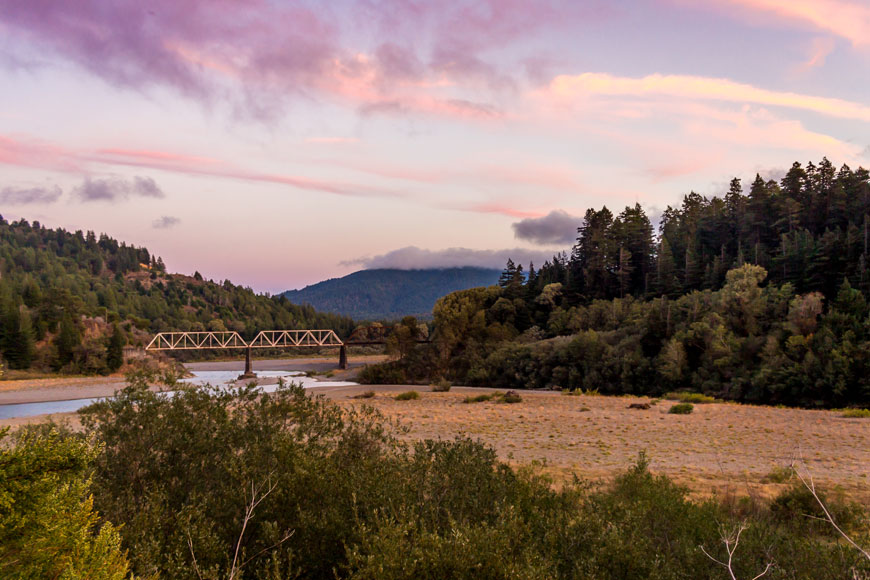
Orange County water district
Southern California struggles with a lack of sufficient local water even when not in drought conditions. Most Southern Californian counties get most of their water from Northern California.
However, Orange County is different. Imports count for 25% of their use, but not all. A large groundwater basin gives Orange County an aquifer, traditionally fed by the Santa Ana River. Replenishing and monitoring the water in the basin have been part of Orange County’s water strategy for many years. In recent years Orange County has made leaps in purification and reuse technologies. To keep the ground water replenished they’ve created a system to take highly treated wastewater, purify it with microfiltration, reverse osmosis, ultraviolet light, and hydrogen peroxide, and then return that water to the water table passive reuse. They produce 100 million gallons per day of completely clean, drinkable fresh water—water that, in most other systems, would be emptied out into the ocean.
In the developed world, people often find wastewater treatment and reuse unpleasant. Spilling fresh water into the sea is insanity for a water starved area, but it relieves the lurking worry that there might be blackwater contamination (“toilet-to-tap”). It also relieves the worry there might be other industrial or chemical effluviant present. Of course, sending treated grey and black water into the ocean just adds it into the planet’s water cycle. Ecological and weather systems create a massive process of filtration, turning grey and black water back into clean fresh rain. Wastewater plants do the same magic, of turning black to clear, just on a much faster timeline.
The fear of black water often sends people to drink bottled water—although, ironically, much of that water is harvested from aquifers in California. $13 billion dollars are spent on bottled water per year in the US, even in locations where the tap-water is known to be completely safe.
Therefore, a big part of Orange County’s success with their Groundwater Reuse work is their communication strategy. People’s worry about water contamination comes from illness from such things E. Coli and cholera; these diseases are carried in sewage. Much of the messaging around water reuse uses terms like “sewage stream.” At what point does something dangerous become safe as clean water?
The natural water cycle, as large as it is, separates the two ideas. Water filtration does the same work, but very quickly, and all at once. People are suspicious that it can’t be done. Changing culture through great communication is one of the greatest challenges in water preservation and management.
In 2018, the American Academy of Environmental Engineers and Scientists bestowed two awards on the Orange County Water District for its work in water reuse. They received honors for research in purification techniques. But their biggest achievement? A grand prize award for communication.
WSP Canada water treatment
It is not just public institutions involved in water treatment. Private engineering companies also offer innovative solutions.
In Canada, Indigenous Communities have struggled—sometimes for decades—with boiled water advisories. Sixty-one such advisories exist today. Remote locations and neglected infrastructure twin to create entrenched issues that affect the health and quality of life of residents.
WSP Canada last year received the Lieutenant Governor’s Award of Excellence in Soft Engineering for their work in creating a biological ion exchange plant to purify the water of the Tl’azt’en Nation in Northern BC, ending a 14-year boil water advisory.
The biological processes in the plant use naturally growing microbes to consume organic matter. Compared to conventional water treatment system, the WSP innovation reduces dependence on chemicals and other inputs, and needs less monitoring, making the plant more sustainable in the remote community.
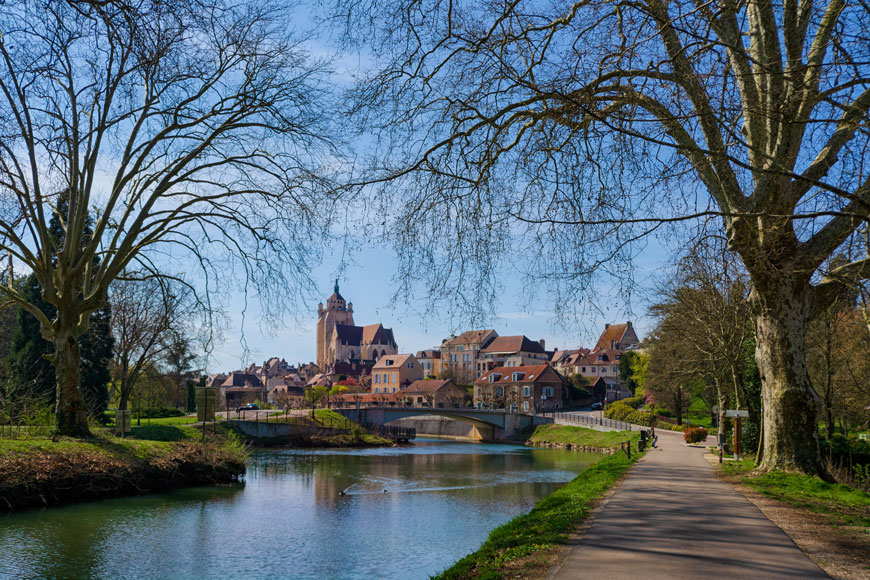
Water’s importance in placemaking
The management of water is not just about runoff, flood risk mitigation, and clean drinking supply. Water is also important human element of landscape.
From ocean cottages to public fountains, people are drawn to water. Architects and city planners include water features in outdoor spaces, knowing that the sound and sight of sparkling water calms people and creates a focal point.
We also love recreational activities on water. Canals invite rowing, lakes swimming: a reliable barrel curling from the ocean may draw surfers from all over the world. Water can be playful, calming, quenching, and cooling, and so has a central role in placemaking.
On a planet covered in brackish water, the maintenance and support of our freshwater systems is important to our health and to our wellbeing. Many of the innovations towards managing floods and supporting daily systems happily also contribute to this element of wellbeing. Natural trails beside restored rivers are a place for people to find tranquility and rest. A raging rapids as a floodplain sinks down into a tight gully provides a very different kind of fun!
Maintaining the health of our water is be a concern for everyone. The innovators and engineers who are teaching us to do it more efficiently and efficiently will help us maintain this resource for future generations.








